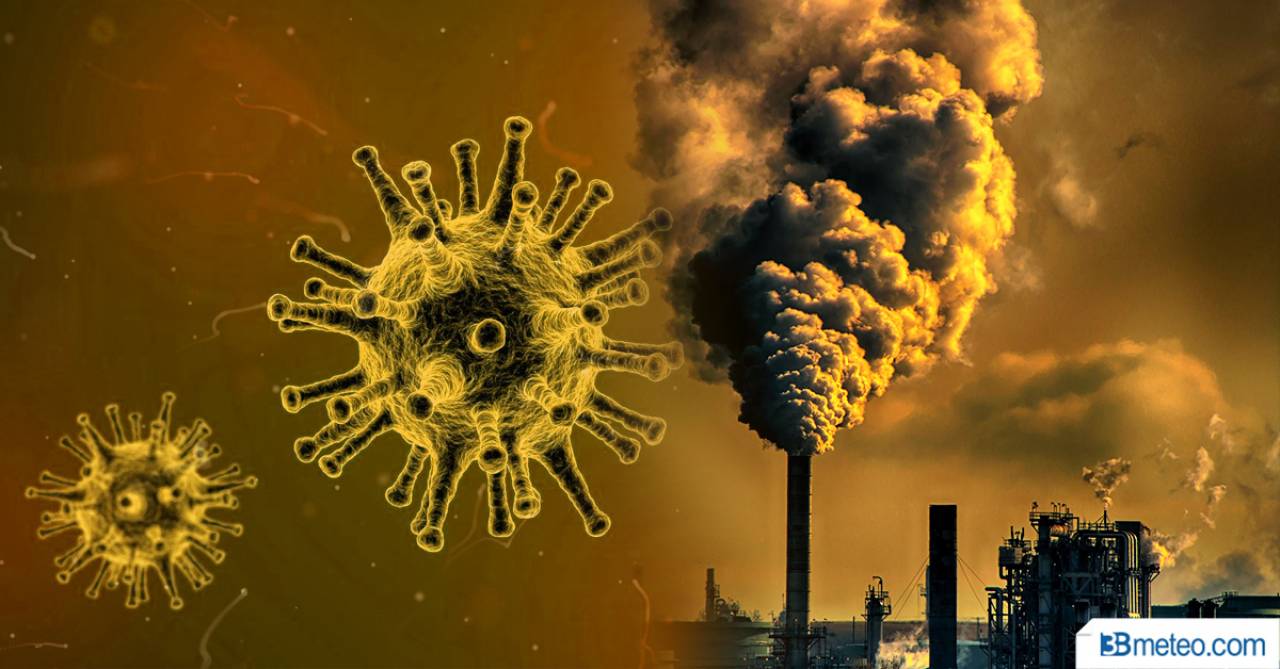COVID-19 and Pollution: the link between infectious diseases and the environment
Discussion about how Covid-19 has to do with pollution is increasing, especially after the WHO declaration of pandemic[1]. According to the results of a multitude of scientific jornals and the last reports of Intergovernmental Panel on Climate Change – IPCC[2] , no one can deny that the composition of the atmosphere has substantially changed, affecting our health. Chemical contamination of the fundamental environmental matrices for the existence of life has an impact on human health, both on non-communicable and communicable diseases. The disease burden due to environmental risks is ratified by the WHO[3].
Climate change acts directly and indirectly in determining a wide variety of diseases. For example, there are well known infectious diseases related to the environmental conditions that contribute to the replication of the vectors that transmit the pathogen, i.e. insects.
According to the Lancet Countdown compared to the 1950s, there has been a strong global increase in the ability of A. Aegypti and A. Albopictus mosquitoes to transmit the Dengue virus over the past decade: the projections, based on the available data, make it reasonable to believe that this trend is constantly increasing, in parallel with the increase in greenhouse gas emissions. In general, there are two explanations for the increased spread of vector insects: the changing climate changes the characteristics of insects and has an impact on their food and their natural enemies and predators. As the temperature increases, the insect’s metabolism accelerates. Because they burn more energy, consume more, develop faster, die less, reproduce faster and lay more eggs. The end result is an increase in populations.
Deforestation, anthropization and bringing animals closer to humans create an environment conducive to the development of infectious diseases and human mobility increases their spread, as is the case with Covid-19. According to a recent WWF Report[4], the destruction of natural habitats breaks the ecological balance and creates conditions for their spread. « Forests are our antivirus. Their destruction can therefore expose man to new forms of contact with microbes and with wild species that host them. For example, bats carrying Ebola viruses live in the pristine forests of West Africa. The change in land use such as the access roads to the forest, the expansion of hunting territories and the collection of meat from wild animals, have brought the human population into closer contact with new viruses, favoring the onset of new ones epidemics»[5].
A recent article published in Nature Microbiology on the phenomenon of antibiotic resistance[6] highlights its global nature by recalling the problem of the spread of antibiotics in animals and in the environment (water and soil), far from the current pandemic from Covid- 19. All this is summarized in the concept of one health.
In 2003, SARS, severe acute respiratory syndrome, appeared and moved from bats to civets (small mammals) and then to humans. In 2009, an epidemic caused by the H1N1 virus spread, known as swine flu, transmitted by birds to pigs and then passed on to humans. In 2012, MERS, Middle East Respiratory Syndrome, appeared, transmitted by bats to camels and, later, to humans. In 2014, the virus responsible for Ebola, already identified in the mid-70s and transmitted by fruit bats, also acquired the ability to transfer directly from man to man.
In December 2019, the new Chinese coronavirus (SARS-Cov-2) appeared. Research has shown that the virus responsible for the current pandemic has modified two structural proteins and one surface protein to adapt to humans. The bond that is established between the surface proteins of the virus and the receptors present on human cells represents the key to open the lock and settle inside the cells. The virus responsible for the Covid-19 epidemic is 80% similar to that of SARS, but is less lethal, although more contagious[7].
There are still many unanswered questions, for example on the causes, certainly multiple, of Covid-19’s high lethality in Italy, on how to protect hospitals not only from viruses but also from related antibiotic-resistant bacterial infections, and from the presence of super bacteria that can aggravate the clinical picture of already complex patients from Covid-19. Italy is one of the coutries that has the most antibiotic resistant bacterial strains and the highest related mortality. Moreover, the fact that the virus is speading, moslty, in the North could be related to the pollution.
In order to understand the role of air pollution, researchers from all over the world gathered in Rescop (acronym for “Research group on Covid-19 and particulates[8]“), an international task force established on the proposal of the SIMA (“Italian Society of Environmental Medicine[9]”) to study the presence of coronavirus on the atmospheric particulate matter of the cities most affected. The group is currently made up of about forty researchers from prestigious universities around the world , in order to obtain scientific evidence useful for restarting. The team is multidisciplinary and involves clinicians, epidemiologists, infectious disease specialists, virologists, geneticists, environmental chemists, biochemists, toxicologists, environmental engineers.
The request of a new international research group was made by the SIMA President, Alessandro Marini, from the University of Milan, after the publication of the first ‘Position Paper’ on the possible link between COVID-19 and the other environmental issues. Precisely, the aim is to stimulate national environmental and health institutions to take an interest in the phenomenon, starting from the link between the Covid and the air pollution. This is a correlation based on a very limited number of observations, but the underlying phenomenon is certainly known and proven for other polluting factors (such as PAHs, polycyclic aromatic hydrocarbons).
The document analyzes that, in relation to the period 10-29 February, high concentrations above the PM10 limit[10] in some provinces of Northern Italy may have exerted a boost action. It is, an impulse to the virulent spread of the epidemic in the Po Valley which was not observed in other areas of Italy that had cases of contagion in the same period. This conclusion is based on a case study of 2003[11] about the correlation between air pollution indicator and SARS mortality in China (2002-2003).
The research showed how the risk of mortality was amplified – about double – in areas with higher pollution than those with better air quality. Moreover, a 2017 study[12] that analyzed the spread of seasonal flu associated with the presence of fine particulates for China would show that, in that context, an effect of this kind exists, even if the contribution to the spread was limited to 10.7% of the infections and on colder days.
The team[13] will verify the presence of the virus in the particulates and will be able to perform possible vitality and virulence tests to be carried out in maximum safety virology laboratories, a condition guaranteed by the United Nations International Research Center for Genetic Engineering and Biotechnology (ICGEB) in Trieste.
[1] https://www.who.int/docs/default-source/coronaviruse/transcripts/who-audio-emergencies-coronavirus-press-conference-full-and-final-11mar2020.pdf?sfvrsn=cb432bb3_2
[3] https://www.who.int/quantifying_ehimpacts/global/en/
[4] https://www.wwf.pl/sites/default/files/inline-files/report_en_biodiversity_and_pandemic_22_03_0.pdf
[5] https://www.wwf.pl/sites/default/files/inline-files/report_en_biodiversity_and_pandemic_22_03_0.pdf
[6] https://www.nature.com/articles/nrmicro3380?proof=trueIn
[7] https://www.ecdc.europa.eu/sites/default/files/documents/RRA-seventh-update-Outbreak-of-coronavirus-disease-COVID-19.pdf
[8] https://www.panoramasanita.it/2020/05/19/nasce-rescop-research-group-on-covid-19-and-particulate-matter/
[9] https://www.mdpi.com/about/announcements/893
[10] https://ec.europa.eu/environment/air/quality/standards.htm
[11] https://ehjournal.biomedcentral.com/articles/10.1186/1476-069X-2-15?fbclid=IwAR3rudd26F470T4IT9N-IJUpp7MXYnvBrQJ1NTfIByermKiNomt5TodinlM#citeas
[12] https://www.sciencedirect.com/science/article/pii/S0160412016305530
[13] In the Task Force, some world famous names such as the epidemiologist John Ioannidis, Director of the Meta-Research Innovation Center of Stanford University in California and Frank Kelly, head of the Air Pollution Research Center of Imperial College London . Among the participating universities, Harvard, Columbia University of New York, Mount Sinai Hospital, University of Californa in Los Angeles, Complutense University of Madrid, University of Brussels, University of Oxford, Imperial College of London, Institute of Global Health of Barcelona, University of Rio Grande Do Norte in Brazil, Australia’s Global University of Sidney, University of Nagasaki, University of Dali – Yunnan in China, University of Geneva. For Italy, University of Trieste, Federico II of Naples, University of Rome “Tor Vergata”,
Angelica De Vito, dopo essersi laureata a pieni voti presso la Facoltà di Giurisprudenza di Napoli “Federico II”, ha frequentato la SIOI per il Master “Relazioni Internazionali e Protezione Umanitaria”, seguito da un LLM sui mezzi di risoluzione delle dispute internazionali presso l’Università “Queen Mary of London”. E’ vincitrice della borsa di studio “Diritti Umani – Alessandro Pavesi 2020-2021” e del concorso “Fulbright 2020-2021″per il progetto di studio “Climate Change and Displacement” presso le seguenti Università: “Harvard University”, Massachusetts; “Columbia University”, New York; “Pace University”, New York.




